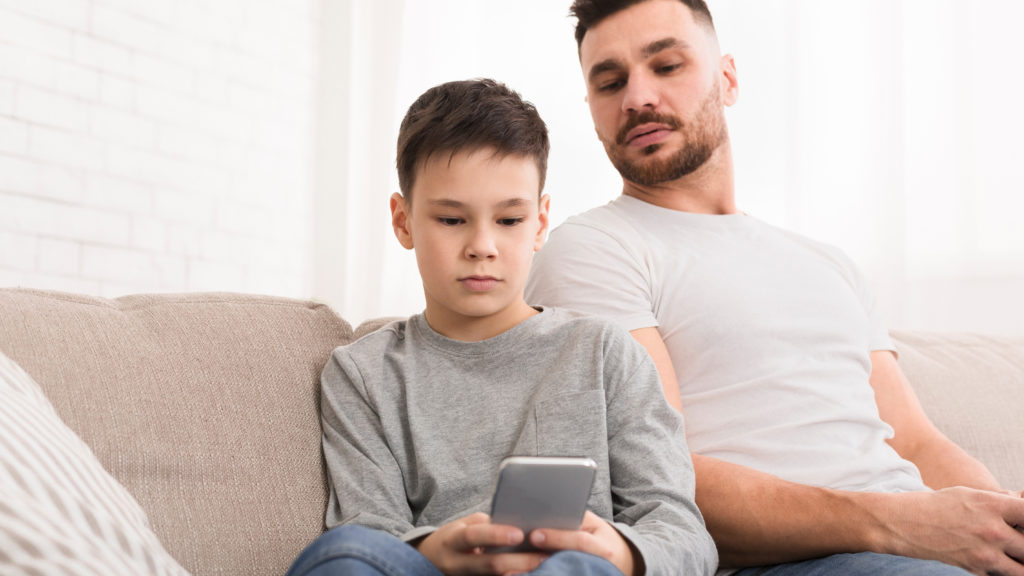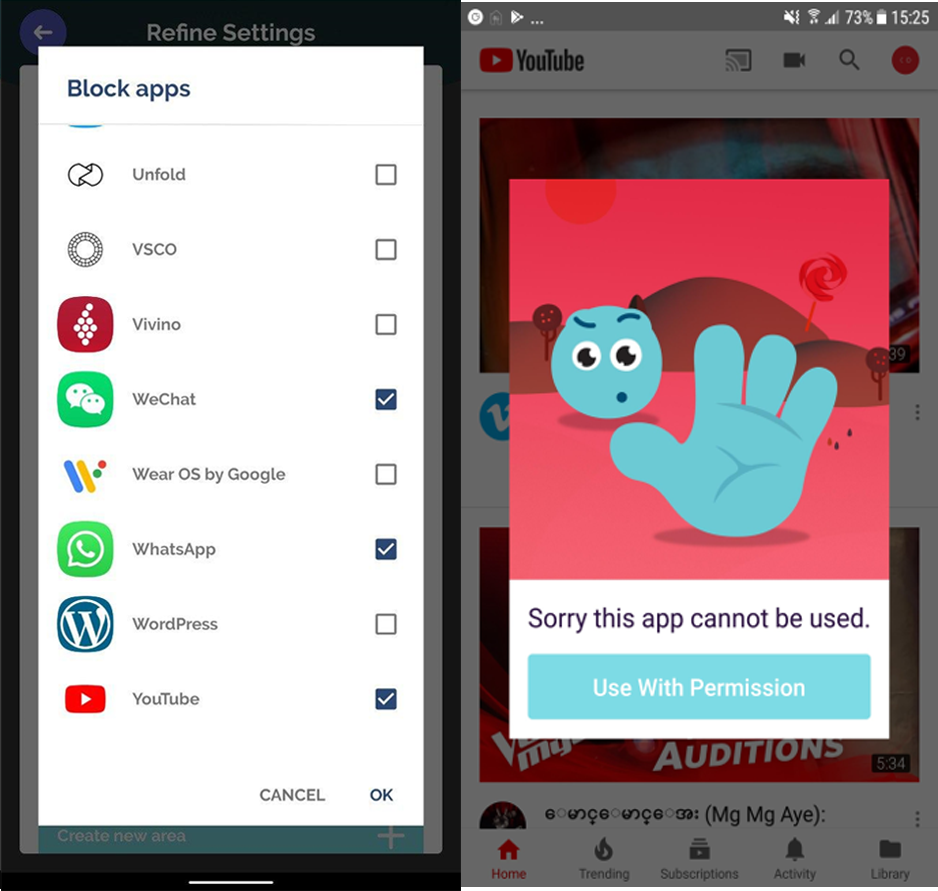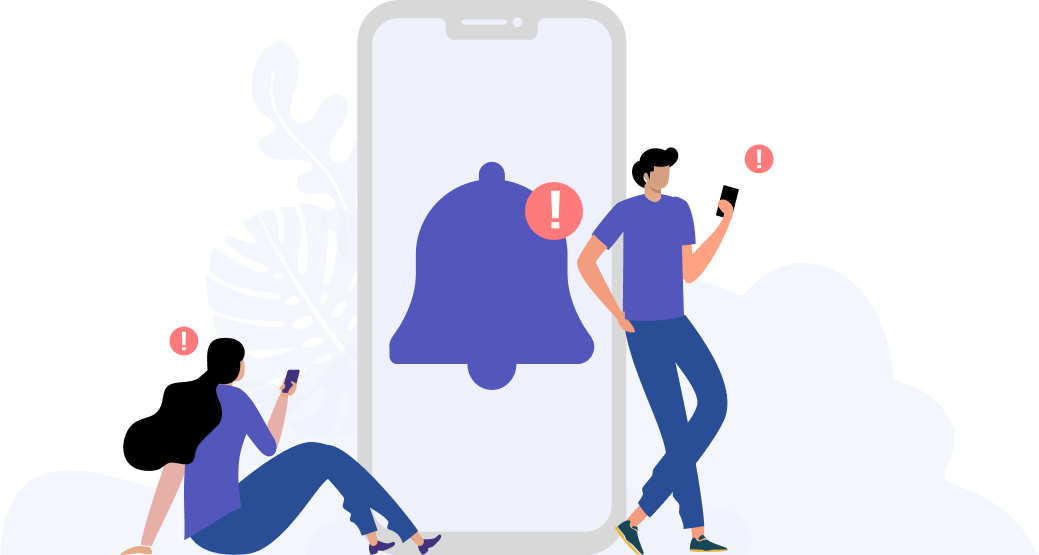Should I Spy on My Child’s Online Activity?

These days, the age at which our children are starting to use their smartphones and tablets are getting younger and younger.
In fact, a study carried out by Singapore’s Infocomm Media Development Authority among children between 0 to 14 years of age found that kids on average started accessing the Internet at around 6 years old, and social media at 9 years old despite minimum age requirements (13 years old) across most social media platforms!
As parents, many of us may be finding it challenging to straddle the line between keeping our young, impressionable children safe online and ensuring that they grow up equipped with all the digital skills necessary in this day and age. You may wonder if tracking your child’s digital activity would help protect them from potential threats – and how to properly do it.
But before you consider your options, you need to get familiar with the virtual world your kids are logging on to every day. Here are some of the online dangers your children might be exposed to:
Lurking online dangers

The Internet can be a dangerous place for children, and more so than we think it is. DQ Institute reported that more than half of the children aged 8 to 12 worldwide have been exposed to at least one type of cyber-risk such as cyberbullying, gaming addiction, meeting online strangers in real life and online sexual behaviors.
These types of threats bring about very real implications for our children. For instance, research shows cyberbullying, can take a toll on our children’s mental and physical wellbeing and even, go as far as to negatively impact their academic performance and social relationships!
Other than cyberbullying, gaming addiction can also affect our children’s mental health. In fact, the World Health Organisation had recently officially classified gaming addiction as a mental disorder!
Shockingly, in countries like the Philippines, Indonesia, Egypt, Argentina and Oman, 7 in 10 children are at risk of becoming a victim of cyber-crimes. These figures are likely to follow past increasing trends over the next few years with global internet penetration rising at breakneck speed and more children are catapulted into the online community.
As parents, it is only natural that we have concerns about our child’s well-being and safety. Some of us may have resorted to extreme measures, like a complete ban on the use of our children’s digital devices, but is that truly the best way to protect our children?
Related: Should We Ban Our Children From Using Smartphones?
Tech is not the problem – it’s the relationships we form with tech that need to be addressed.
Our smart devices surround us at all times and as such, a complete ban on device use is simply not feasible in today’s world, even though many of us have tried. Recently, the COVID-19 pandemic has firmly grounded and emphasized the importance of digital connectivity, especially for work, study and leisure. So how do we as parents straddle that line?

Digital detox. Father taking smartphone from his angry toddler child. Children’s gadget dependence, technology internet addiction. Parental control, upbringing concept.
It is not the owning of smart devices that makes children more prone to cyber-crimes or even going overboard on screen time. Instead, it often boils down to how our children use technology and the type of relationship they cultivate with it.
Social media plays the biggest role in our children’s relationships with tech devices. Children use social media to build social connections, explore their identity and discover interests, but it is a double-edged sword, particularly when they start to develop an obsession or contract the “Fear of Missing Out” or FOMO.
Globally, children spend an alarming average of 32 hours of screen time per week for entertainment alone, including social media surfing. That’s more than 2 times the recommended amount of screen time by health professionals! However, researchers have observed that children who own a mobile device and are not active social media users clocked similar screen times to children who do not own mobile devices.
Given that children spend so much time online, they are potentially at risk of being exposed to a myriad of cyber risks, everything from malicious content to online predators. Parents all over the world including prominent tech industry figures like Steve Jobs and Bill Gates, have tried different methods to protect their children, such as imposing limits on device usage.
But beyond that, it is also crucial that we know what exactly our children are up to in their virtual worlds, to safeguard them from online evils. That’s when the subject of parental controls and monitoring comes up.
Related: Stranger Danger – How Parents Can Keep Their Kids Safe Online
Monitoring vs Snooping
Before we get to the how, we need to first understand the difference between monitoring and snooping. The key difference is that monitoring is done with the child’s prior knowledge, while snooping is done secretly.

Generally, the main intention behind why parents engage in monitoring their children is to keep an eye on their online activity to keep them safe. Snooping, on the other hand, is frequently used to obtain information that the child may not want to tell their parents. Some examples of snooping involve reading texts and scouring through web histories without informing your child or even communicating why there is a need to do so.
It’s never a good idea to snoop around, even though we might feel that we have every right to do so as parents. This could backfire the moment your children realise that you are doing so and as such, would be less inclined to share information with you once they discover that their privacy has been invaded.
So what’s the right way to go about it?
Empowering children to become responsible digital citizens
Striking a balance between effective monitoring and sheer overprotectiveness can be tough. Nowadays, many parents are turning to parental control apps for that extra assistance.
We created plano to do just that. plano provides app and browser blocking to help parents restrict their children’s access to certain types of content. plano also has a device time scheduling function for parents to limit screen time automatically.

Positive reinforcement is the most effective way to improve behaviour – plano rewards children with points when they adhere to the prompts and inculcate healthy device habits. These points can be used to redeem exclusive discounts to a variety of fun, device-free and kid-friendly activities via the plano shop. This way, children are empowered to understand the best ways to use tech devices and learn to be more responsible for their own relationship with tech.
Related: Policing vs Empowering – Managing Your Kid’s Screen Time
On top of that, good cyber etiquette like speaking kindly and not interacting with strangers, when reinforced from young, enables children to be more discerning and respectful in their online interactions. If your child is well-equipped with the relevant knowledge, you would also feel more at ease allowing independent device usage.
Communicate with your children
As with all relationships, communication is key. To eliminate the risk of straining parent-child relationships over digital tracking, your child has to understand where you’re coming from to fully appreciate the idea of parental controls. By effectively communicating your intentions and expectations to your children, they would feel important, respected and be more cooperative.
Tools Designed for Healthier Eyes
Explore our specifically designed products and services backed by eye health professionals to help keep your children safe online and their eyes healthy.





